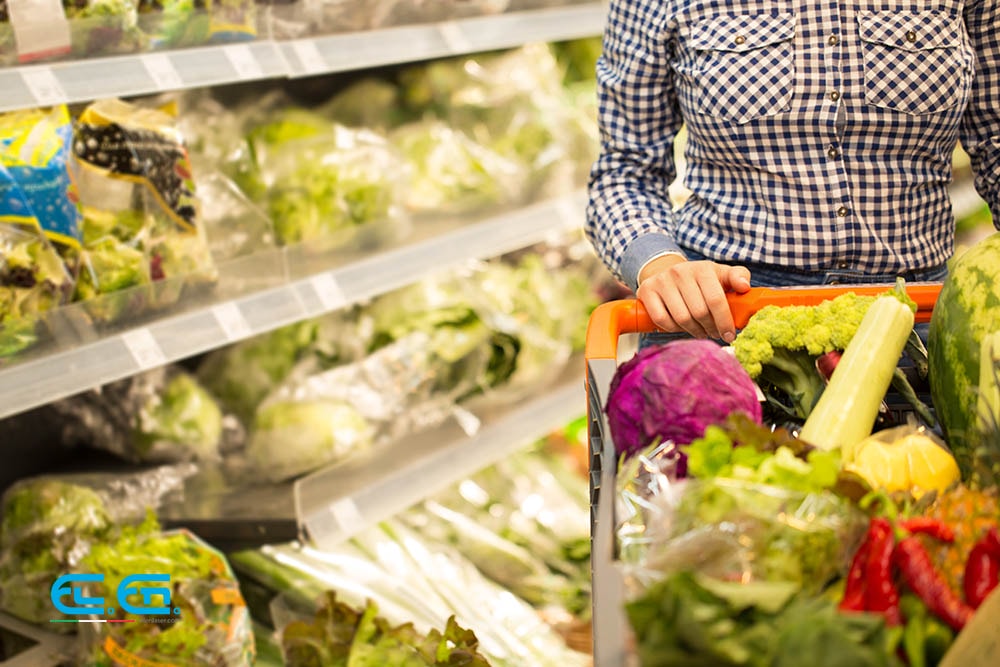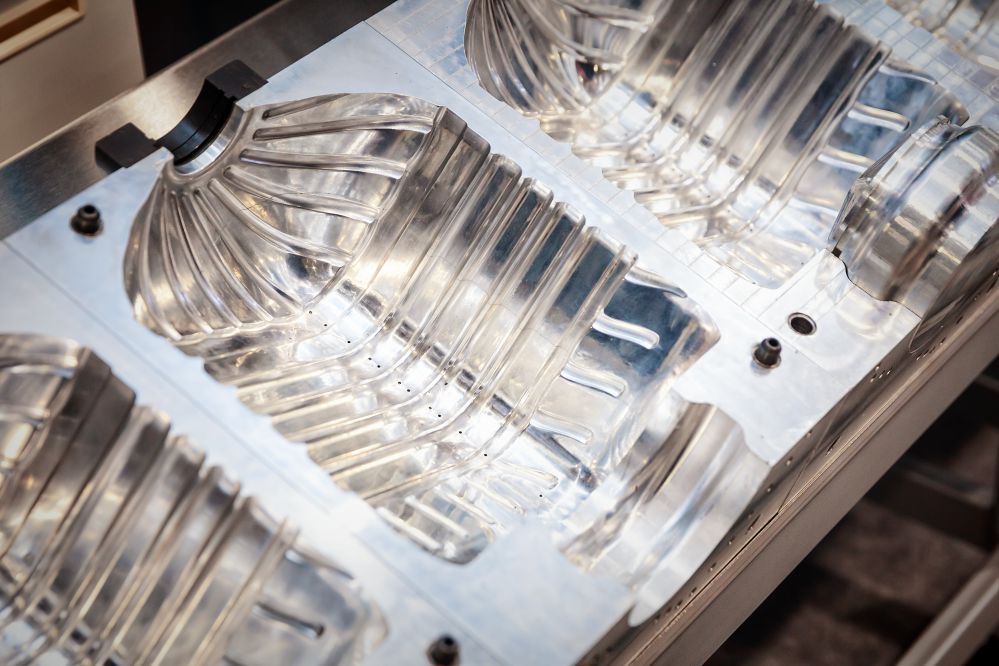One of the characteristics of CO2 lasers is that it allows you to carry out processes which were impossible to perform beforehand, because of technical limitations in the past.
The CO2 laser has introduced new possibilities that have been exploited to meet market demands. One of these advantages is, for example, the laser micro perforation of plastic film. This technique has proven to be very useful for the packaging of fresh products before distributing them to mass retailers.
Micro perforated bags with laser for the packaging of fresh products
Laser microperforation is one of the newest methods to create micro holes in the packaging materials of products. To do this, the CO2 laser is used in pulsed mode. Unlike continuous mode, the pulsed mode sends high-intensity light flashes on the packaging material.
Laser micro perforation is particularly important for the packaging industry of fresh products. An increase in the demand of ready to consume fruit and vegetables, distributed via mass retailers, has led to the development of new strategies to ensure product freshness. Controlling storage temperature and modifying the atmospheric conditions within the packaging of products are the two most important factors for the quality of fresh products. The packaging thus has an important role in maintaining the freshness of the product, as it works as a regulator between the interior and exterior environment.
Laser micro perforation allows you to optimize the conservation of these products, through an improvement of the product packaging.
Objective: to improve the breathability of plastic bags
The packaging materials of fresh products in controlled atmosphere are often seen in the form of plastic bags. These bags allow optimal isolation of the products, and seal them perfectly from external contamination of molds or bacteria.
But there is a disadvantage: the breathability of these materials. Plastic film is a material that limits gas transmission with the exterior atmosphere. For a proper preservation of fresh products this is a significant disadvantage, as fresh products are subject to metabolic changes such as breathing, exchanging gases with the exterior atmosphere, and producing gas from chemical processes that take place within the fresh produce.
To improve the shelf life of a product, a continuous gas transmission between the interior and exterior atmosphere of the packaging is required. The levels of oxygen and carbon dioxide, play a big role in the conservation of the product. For this reason plastic bags must be perforated, in order to facilitate a proper gas flow between the internal and external environments. The amount of gas transmission required, however, differs from product to product. For this reason the perforation process must be properly adapted to the product needs. This aspect of adapting the perforation process, however, is difficult to achieve with traditional perforation methods.
Traditional micro perforation processes of plastic bags
Traditionally, the perforation of plastic bags is performed through two types of mechanical processes:
- Heated or unheated needles: the plastic film is perforated by needles applied with or without heat. This process, though inexpensive, is slow. In addition, the holes produced have a larger diameter and can let contaminants, such as bacteria and mold, in. It is therefore not suitable for contaminant-sensitive products.
- Electric discharge: packaging bags can also be perforated by means of electric discharge. The plastic film is passed through a high electrostatic voltage in which sparks are led through the packaging film to create micro holes. This process, even though faster than the previous one, is hard to manage. The hole parameters can not easily be checked. It is therefore unsuitable for those products that require precisely controlled gas transmission.
Laser Micro Perforation: accuracy in the service of the product
The machine that generates the best results in terms of micro perforating bags, turns out to be the CO2 laser. Micro perforation with the CO2 laser makes it possible to control the drilling process very accurately and obtain high quality results.
The CO2 laser is very well absorbed by most polymers and thermoplastics. The controlling software makes it possible to set the parameters to obtain holes of the required size and density, that let you create the optimum environment for gas transmission.
A laser micro perforation machine has the following advanta




